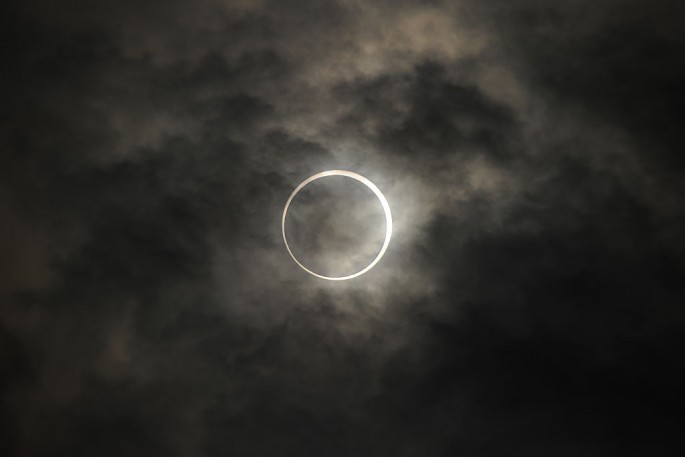Mark your calendars! February 2017 will offer a spectacular opportunity to witness the Lunar and Solar eclipse. Sky watchers must prepare themselves for this year's first eclipses of the sun and moon. Here is a short guide to the major astronomical events occurring in the second month of the year.
Full Moon: According to Sea Sky's astronomical calendar the full moon of the month will emerge of Feb. 11. The moon will be brightest of the month and this phase will reach its peak at 00:33 UTC. February full moon is also known as Full Snow Moon and Full Hunger Moon.
Lunar Eclipse: On the same day, the sky will witness the penumbral eclipse. When the prenumbral eclipse occurs, the moon goes through the outer cone of shadow cast by the earth. According to Time and Date, the eclipse will begin on Feb. 10 at 22:34 UTC and end on Feb. 11 at 02:53. It will be at its peak on Feb. 11 at 00:43. It will be visible in most parts of the world including North America, South America, Atlantic Ocean Europe, most of Asia and Africa.
New Moon: On Feb. 26, the new moon will emerge at 14:59 UTC. It is said to be the best time to observe faint celestial objects in the dark sky as the moonlight remains absent.
Annular Solar Eclipse: On Feb. 26, the sky gazers can observe the annular solar eclipse. During the eclipse, the moon will come directly in front of the Sun and cover the Sun's center while the outer edges will remain visible. This is the first of the two solar eclipses occurring in the year 2017.
According to Time & Date, the annular solar eclipse will be visible in South/West Africa and most of South America. Other regions where it will be visible is Pacific, Atlantic, Indian Ocean and Antarctica. The solar eclipse will begin at 12:10 UTC, reach its maximum point at 14:58 UTC and at 17:35 UTC.



























